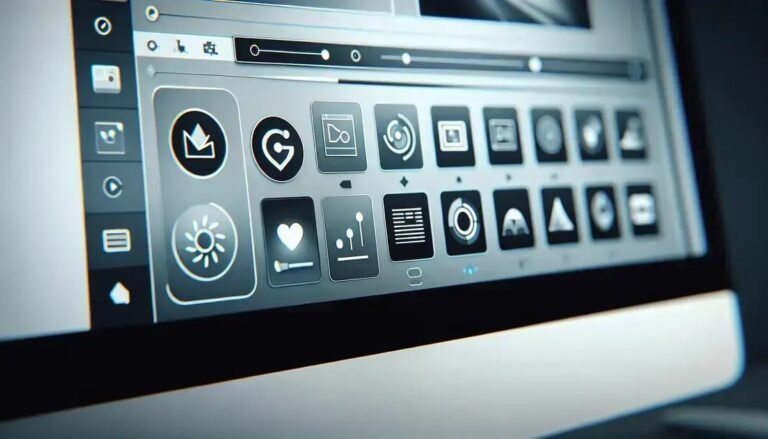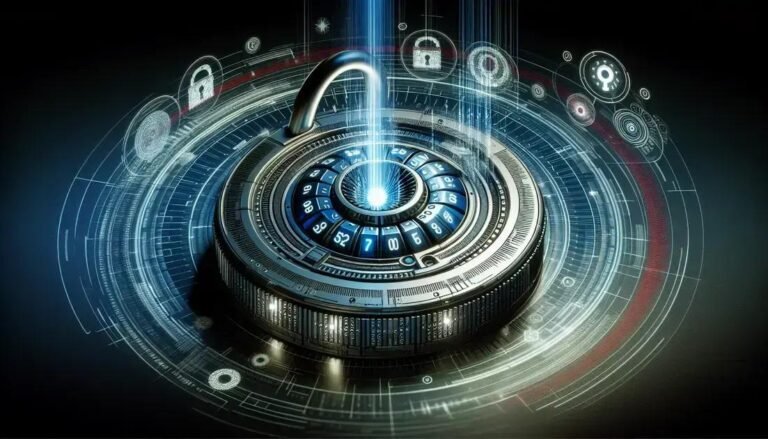Top Tips To Make Your Ghibli AI Art Look More Realistic And Magical
When it comes to creating captivating visuals, many artists focus on achieving that distinct Ghibli style. What’s the secret behind images that seem to come straight out of a Studio Ghibli film?
In this piece, we’ll discuss practical techniques to improve AI-generated Ghibli style images, exploring unique traits and enhancements that can elevate your work.
So, how can you transform your creations to reflect that mesmerizing Ghibli essence? Let’s dive in and explore together. You might be surprised by the impact a few tweaks and insights can have!
Understanding Ghibli Style Characteristics
The Ghibli style is characterized by its whimsical art and vivid storytelling, capturing the hearts of many across the globe. At its core, this style combines stunning visual detail with emotional depth, creating an immersive experience for the viewer.
Artistic Elements
One of the key features is the detailed backgrounds that effortlessly blend nature and fantasy. From lush forests to bustling cityscapes, the environments are intricate and vibrant. The animation often showcases the beauty of everyday life, making even mundane activities seem magical.
Color Palette and Mood
The color palette in Ghibli films is richly varied, using soft pastels juxtaposed with bold hues to evoke emotions and set the mood. Warm colors are frequently used to convey nostalgia and comfort, while cooler tones can indicate mystery or tension.
Character Design
Characters in Ghibli works are designed with unique features that reflect their personalities and roles in the story. Unlike typical animation styles, Ghibli characters often display subtle expressions and movements, adding to their relatability and depth.
Storytelling and Themes
Beyond visuals, the narrative structure and thematic elements play a significant role. Studio Ghibli films often explore themes of growth, environmentalism, and the power of friendship. These stories are presented with a pace that allows for reflection, inviting the audience to engage deeply with the characters’ journeys.
Tools for Creating Ghibli Style AI Images
Creating Ghibli style AI images can be done with the right set of tools that cater to both artists and AI enthusiasts. These tools range from accessible software to specialized platforms designed to replicate the enchanting Ghibli aesthetic.
Software Options
Several software tools allow you to create images with the Ghibli flair. Popular options include Adobe Photoshop and Procreate, which provide brushes and filters to mimic traditional Ghibli styles. These can be used to add texture and depth to your artworks.
AI-Powered Tools
AI-based tools such as DeepArt and Artbreeder offer platforms where users can generate art with the help of machine learning algorithms. These tools are perfect for artists wanting to experiment with automated style transfer techniques, which can quickly transform a simple drawing into a Ghibli-esque masterpiece.
Community and Forums
Joining art communities and online forums can be immensely helpful for inspiration and guidance. Platforms like DeviantArt and Reddit often host groups focused on Ghibli-style artwork, offering tutorials, challenges, and feedback from fellow creators.
By utilizing these tools and resources, artists can explore different techniques and find their unique expression of the Ghibli style. Experimenting with AI and traditional methods can lead to impressive results that capture the essence of Ghibli’s famed animation.
Steps to Enhance AI Images Creatively
Enhancing AI-generated images creatively involves a blend of technical skills and artistic interpretation. By following a series of steps, you can significantly improve your images and make them stand out with a captivating Ghibli style.
Step 1: Choose the Right Software
To start, select software with robust editing capabilities. Tools like Photoshop or GIMP offer advanced features like layers and mask options, providing greater control over your edits.
Step 2: Adjust the Color Palette
Use the software to alter the color palette of the image. Introducing pastel colors or deep, rich hues can help evoke the desired mood and bring the whimsical Ghibli aesthetic to life. Consider experimenting with saturation and contrast to find the perfect balance.
Step 3: Add Details and Textures
Incorporate fine details and textures to make the image more engaging. This could include hand-drawn elements or textures that mimic painted surfaces. Brushes that replicate natural media can enhance the authenticity of textures.
Step 4: Refine with Filters and Effects
Applying filters and effects can harmonize the final look. Soft focus, vignette, or subtle blur effects can add a dreamy quality. Be mindful of overusing effects to maintain a natural appearance.
Each of these steps contributes to transforming a basic AI image into a stunning piece reminiscent of the enchanting worlds seen in Ghibli films. By combining these techniques thoughtfully, the artistic vision comes alive, engaging viewers with its unique charm.
Case Studies: Successful Ghibli Style AI Projects
Exploring Ghibli style AI projects can provide insight into how artists and technologists successfully blend traditional aesthetics with modern technology. These projects showcase creativity and innovation, offering inspiration for those eager to produce similar works.
Project 1: AI-Driven Animation
One standout project utilized AI to generate backgrounds for a short animation. By training the AI on scenes from classic Ghibli films, the creators achieved richly detailed environments that felt both familiar and new. The key was balancing automated generation with artist input, ensuring authenticity.
Project 2: Interactive Storybook
Another impressive example involved an interactive digital storybook where AI crafted unique illustrations for each user’s storyline. This project highlighted the adaptability of AI in maintaining a consistent Ghibli aesthetic across diverse narratives, engaging users more profoundly.
Project 3: Game Environment Design
In the realm of gaming, a project used AI to design fantastical landscapes that players could explore. This effort emphasized using AI-generated art to enhance immersive gameplay, creating a world mirroring the magical allure of Ghibli landscapes.
Each project underscores the potential of AI to enhance creativity, bridging the gap between technology and art. These successes illustrate the myriad possibilities for artists aiming to infuse the enchanting Ghibli style into their work.
FAQ – Frequently Asked Questions about Ghibli Style AI Images
What is the Ghibli style?
The Ghibli style refers to the unique artistic and narrative style seen in films by Studio Ghibli, known for its rich detail and emotional storytelling.
How can AI be used to create Ghibli style images?
AI can analyze and replicate the aesthetic elements of Ghibli art by learning from existing images and generating new, yet stylistically similar art.
What tools are recommended for creating Ghibli style AI images?
Tools like Photoshop, Procreate, DeepArt, and Artbreeder provide various features to aid in creating artwork with a Ghibli style.
What are some successful examples of Ghibli style AI projects?
Examples include AI-driven animations, interactive storybooks, and game environment designs that implement Ghibli aesthetics.
Can AI fully replace an artist in creating Ghibli style art?
No, AI can assist and enhance the creative process, but artistic input is crucial for ensuring that the art captures the emotional depth of Ghibli style.
What are the challenges of using AI in creating Ghibli style images?
Challenges include maintaining artistic authenticity and ensuring the AI’s output aligns with the nuanced emotional tone characteristic of Ghibli art.






